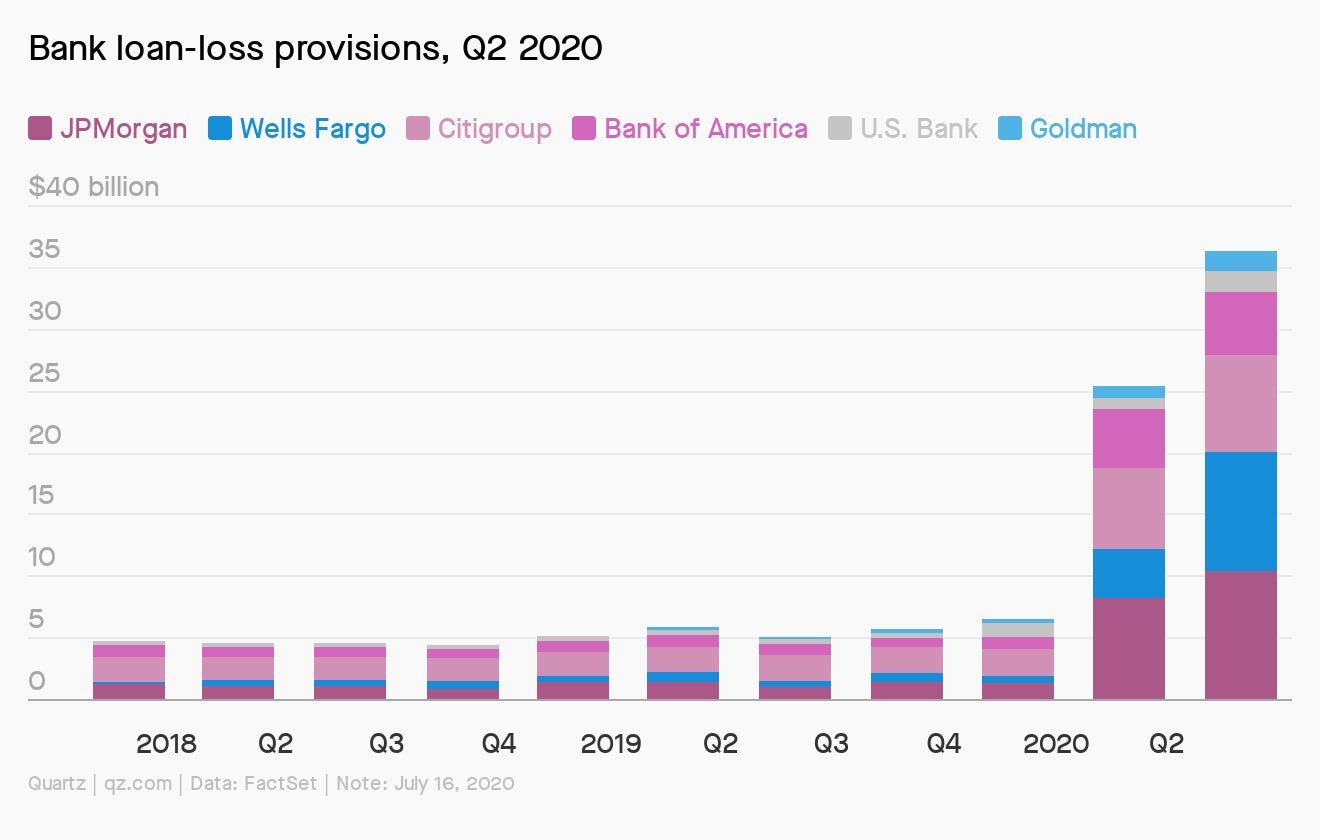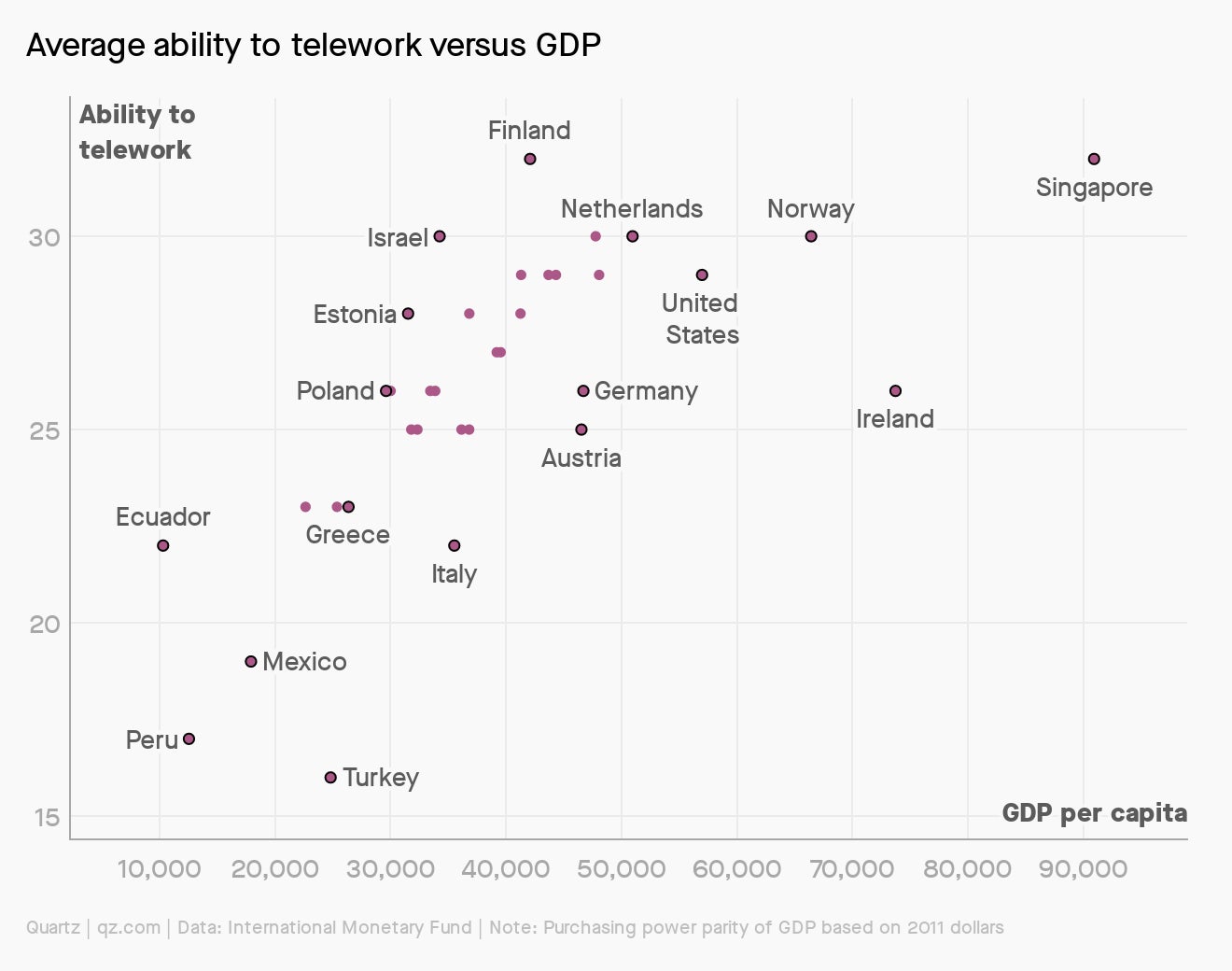Coronavirus: Ace of face
Hello Quartz readers,

Hello Quartz readers,
Not since a brief fling with fedoras have we given this much thought to our headgear. As options for face coverings proliferate, it’s worth a refresher on what we know works:
- Cloth masks help protect others from your outgoing germs, but they don’t protect well against incoming germs, and different fabrics can change how effective they are.
- Medical-grade surgical masks are made from melted, synthetic fibers shaped into an extremely fine web. They can keep you from infecting others, but don’t provide as much protection from infection as…
- N95 respirators, which are designed to fit so they form a seal around the nose and mouth. The 95 means they can block at least 95% of incoming particles as small as 0.3 microns.
- Face shields have been described by the WHO as an alternative to masks, but one that’s “inferior with respect to prevention of droplets.” That means you could infect other people, or they could infect you. If you wanted to be extra safe, it’s not a terrible idea to wear a face shield and a face mask.
Thanks to Sallie and Richard, who wrote in asking about mask types and face shields, respectively. Stay safe out there.
Banking on it
Here’s the good news: The biggest US banks have had time to brace themselves for a wave of losses. The bad news: Their latest earnings suggest the worst is yet to come for the American economy.
Six of the biggest lenders all expect heavy credit defaults and soured loans, as shown by their loan loss provisions, which jumped 43% from already hair-raising totals in the first quarter to a combined $36 billion in the second.
Loan loss provisions aren’t what they sound like: a special pot of money set aside for when loans go bad. It’s more like the amount of money banks expect to lose on their loans. Such provisions demonstrate the losses banks’ capital may have to absorb in the months ahead, and are subtracted from earnings.

For now the dire picture is merely a forecast. Bank losses have barely ticked up, and banks with powerful trading desks have profited as stock prices gyrated and companies flooded the bond market with borrowing.
The big consumer lenders, meanwhile, have yet to be battered by defaults and missed payments because of a ferocious wave of government support—including more than $2 trillion of aid to businesses and the unemployed—and because the banks themselves have offered forbearance and paused loan repayments for some of their customers.
“[Banks] are preparing for Armageddon and nothing is going wrong yet,” says David Ellison, a portfolio manager at Hennessy Funds. But if the government can’t agree on how to continue supporting the economy, “things could start to fall off,” Ellison says. “And that’s where the banks are saying, ‘If that happens I have to be prepared for it.'”
Not quite everything is gloomy. Wells Fargo CEO Charles Scharf said debit card spending made it back to pre-coronavirus levels in May, and Citigroup’s CEO thinks the economy will only limp forward until a vaccine is available.
In the meantime, the carnage is expected to be widespread. Banks around the world are forecast to have more than $2 trillion in credit losses through 2021, according to analysts at Standard & Poor’s. Some $1.3 trillion of those losses are anticipated to come this year, more than double that of 2019.
Home work
The pandemic has left many with no choice but to juggle 9-5 office duties against a domestic circus. Fortunately, telecommuting, co-working, and other remote-work arrangements have been around for years, leaving at least some people practiced in portable office work.
But even before recent history, working from home was the norm for centuries. Let’s take a look back:
5th Century: “Workhomes,” buildings that combine dwelling and workplaces, are common in Medieval Europe.
1800s: The Industrial Revolution shifts the locus of work from the home to the factory. Affluent Englishmen establish “Victorian libraries” in their city homes, which become a template for today’s home office.
1840s: Charles Darwin adds wheels to a William IV-style armchair so that he can roll around his lab—historians call this the first office chair. (It’s all downhill from there.)
1973: NASA physicist and “father of teleworking” Jack Nilles publishes The Telecommunications-Transportation Tradeoff, a book that kicked off the WFH movement.
1977: Apple introduces Apple II, its first mass-market PC for home use. It goes on sale for $1,298 with monitors sold separately.
2000s: High-speed broadband internet frees employees from being tethered to a corporate HQ.
2020: Builders report that more owners are requesting home offices amid the pandemic; real estate agents advise home sellers to stage empty rooms as home offices.
Pull up an uncomfortable chair to read more about WFH with our home office Obsession email. And sign up for the Quartz Weekly Obsession to get fascinating histories of everyday ideas sent directly to your inbox.
Stop, collaborate, and listen
Collaboration is one of the hallmarks of a modern workplace. But how does it all come together when everyone is apart? Join us on July 23, from 11am-12pm EDT for How to keep collaborating, a workshop on the smartest ways to maintain a collaborative culture, no matter where your colleagues are. Register here.
Speaking of dream teams, Quartz members get unlimited access to recaps and recordings of our virtual events, plus presentations (with slides you can steal), and guides to major topics impacting the global economy. If our discount and your wallet want to collaborate, go ahead and take 50% off your first year.

You better telework
As the ability to work remotely becomes a make-or-break factor during the pandemic, it’s widening income inequality all over the world.
In a recent study, economists at the International Monetary Fund found that the ability to telework varied dramatically from country to country, even within the same occupation. They concluded that some 100 million workers across 35 countries—15% of total workers—would find it hard to work remotely, due to the nature of their field or lack of internet access.

Masking for a friend
A wave of US companies have said they’ll require customers to wear masks or face coverings while shopping, including Walmart, Kroger, Target, Best Buy, CVS, Home Depot and Lowe’s. Now those retailers face a new challenge: getting customers to comply.
💪 Walmart employees dubbed “health ambassadors” will wear black polos and stand by the door to check for masks. “Our Ambassadors are receiving special de-escalation training to help make the process as smooth as possible for customers,” a Walmart spokesperson told The Daily Beast.
😷 Home Depot and Target will provide complimentary masks for customers who do not have them.
🛑 CVS and Kroger will use signs or store announcements to remind customers about the policy.
At Walmart, workers are already struggling. “Every day we’re threatened, sometimes physically assaulted and harassed,” one worker told The Daily Beast. “Even if we try to enforce it, customers can just say they have a medical reason or religious reason to not wear a mask.”
Then we came to the end
In the US, over 140,000 lives have been lost to Covid-19. The funeral home industry, like all businesses these days, is adapting accordingly.
“We have seen an increase in cremation instead of burials since Covid happened,” says Dutch Nie, a spokesperson for the National Funeral Directors Association.
This falls in line with a trend that began in 2015, and will likely continue. Cremations are faster than burials, and can offer families more flexibility. They’re also cheaper: Funerals can come with thousands of dollars in added fees, while a cremation alone costs an average of $1,600.

Essential reading
- The latest 🌏 figures: 14.8 million confirmed cases; 8.3 million classified as “recovered.”
- Coolcoolcool: Covid-19 worsens inequality for women and young people.
- Now showing: India’s largest movie-ticket platform is turning to online events.
- Exchange rate: As retailers close, dollar stores are preparing to move in.
- Keeping the wheels on: Women’s Roller Derby has a plan for Covid-19, and it kicks ass.
- The great unwashed: It took a pandemic, but dive bars are trying to clean up.
Our best wishes for a healthy day. Get in touch with us at [email protected], and live your best Quartz life by downloading our app and becoming a member. Today’s newsletter was brought to you by John Detrixhe, Anne Quito, Karen Ho, Katherine Foley, and Kira Bindrim.